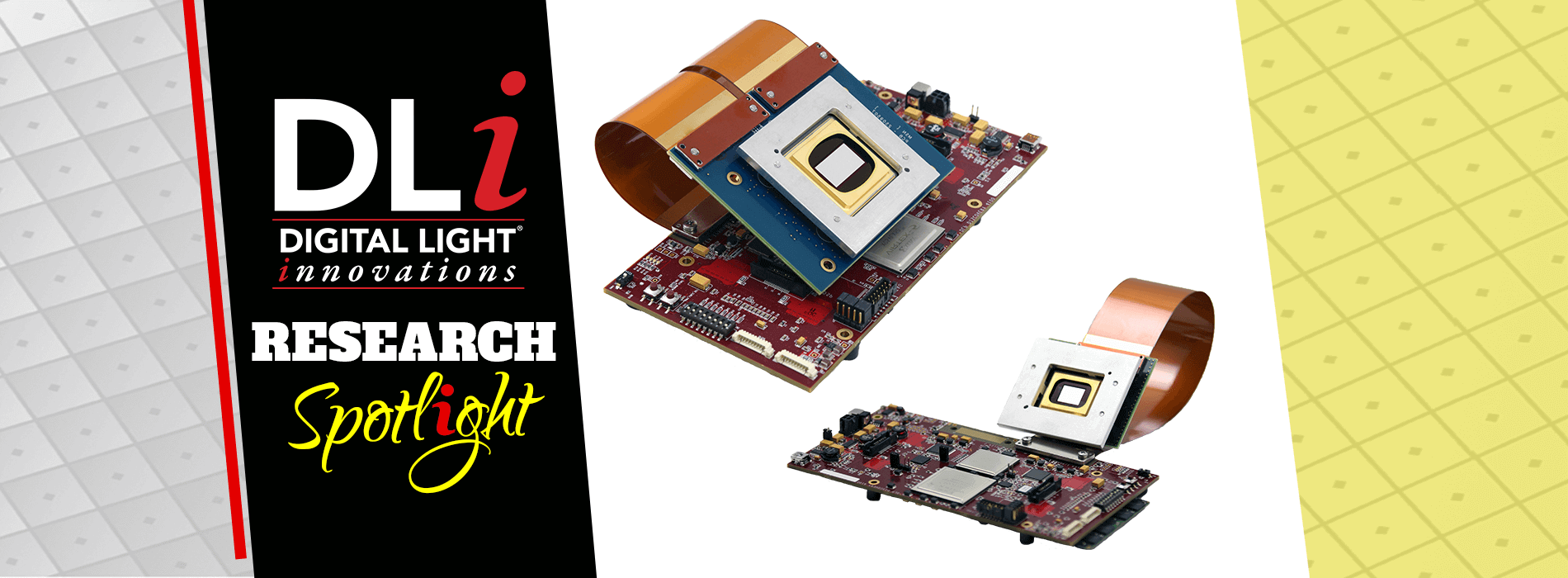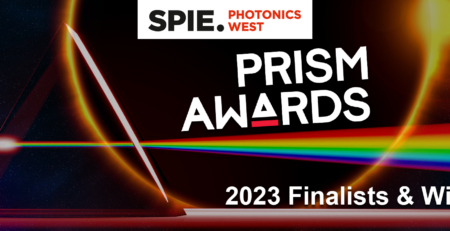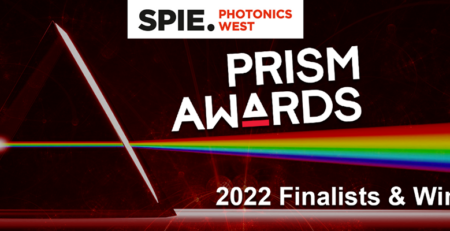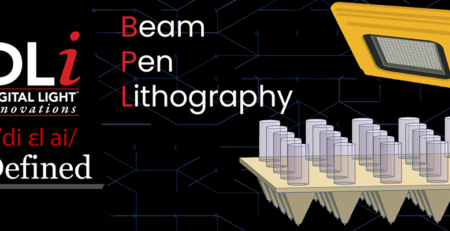KAIST Uses DLi4130 Development Kit to Establish Novel Holographic Microscopic Technique
Amit2023-10-26T17:03:08+00:00“The DLi4130 Development Kit combined with Lee holography was adopted to modulate complex amplitude of incident light and to measure the corresponding response of the scattering layer.”
For an optical microscope based on refraction of a lens, it is challenging to achieve high-resolution imaging with a long-working-distance. Due to the finite aperture of a lens, the tradeoff between resolution and working distance is unavoidable. For this reason, commercially available objective lenses have working distances of few millimeters. This is a critical issue when long-working-distance and high-resolution cannot be compromised, such as imaging of a thick tissue, an extracellular matrix or a microfluidic channel.
Using DLP® technology, a team of researchers from the Biomedical Optics Laboratory at Korea Advanced Institute of Science & Technology (KAIST), led by principal investigator Dr. YongKeun Park, developed a novel holographic microscopic technique that surpasses the ability of an objective lens by exploiting multiple scattering. Instead of using a refraction-based optical lens, the team adopted a scattering layer which generates a unique interference pattern from which an exact complex amplitude of light can be measured. With this unusual property, the high-resolution holographic imaging in a long-working-distance condition has been demonstrated without a need of an external reference beam.
The team exploited a speckle-correlation scattering matrix method to measure complex amplitude images of samples, where the optical response of the scattering layer is essential. For this the DLi4130 High-Speed Development Kit combined with Lee holography was adopted to modulate complex amplitude of incident light and to measure the corresponding response of the scattering layer. The team has demonstrated the capability of the method by imaging a 1951 USAF resolution target, a quantitative phase resolution target, a polystyrene bead and a human red blood cell with a numerical aperture of 0.7 with a working distance of 13 mm.
In short, the proposed method by KAIST is a reference-free holographic microscopy. It provides a flexible imaging condition whose field-of-view, numerical aperture and working distance can be easily modified through calibration process. The proposed method offers a unique merit in quantitative phase imaging showing improved applicability of a scattering layer as an optical element. The method allows high-resolution imaging with a long-working-distance beyond what a conventional objective lens can achieve.
Click the Read More button for the full paper, “High-resolution long-distance reference-free holographic microscopy exploiting speckle-correlation scattering matrix”.










